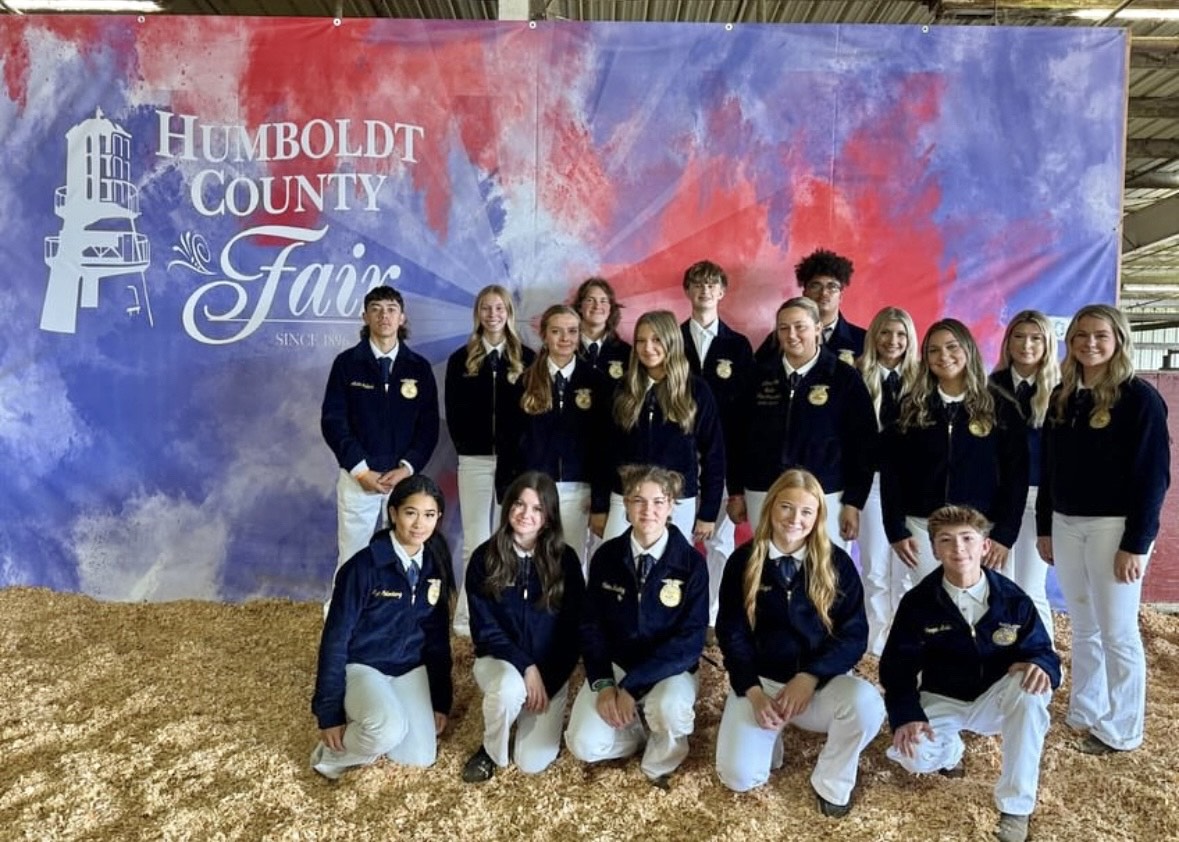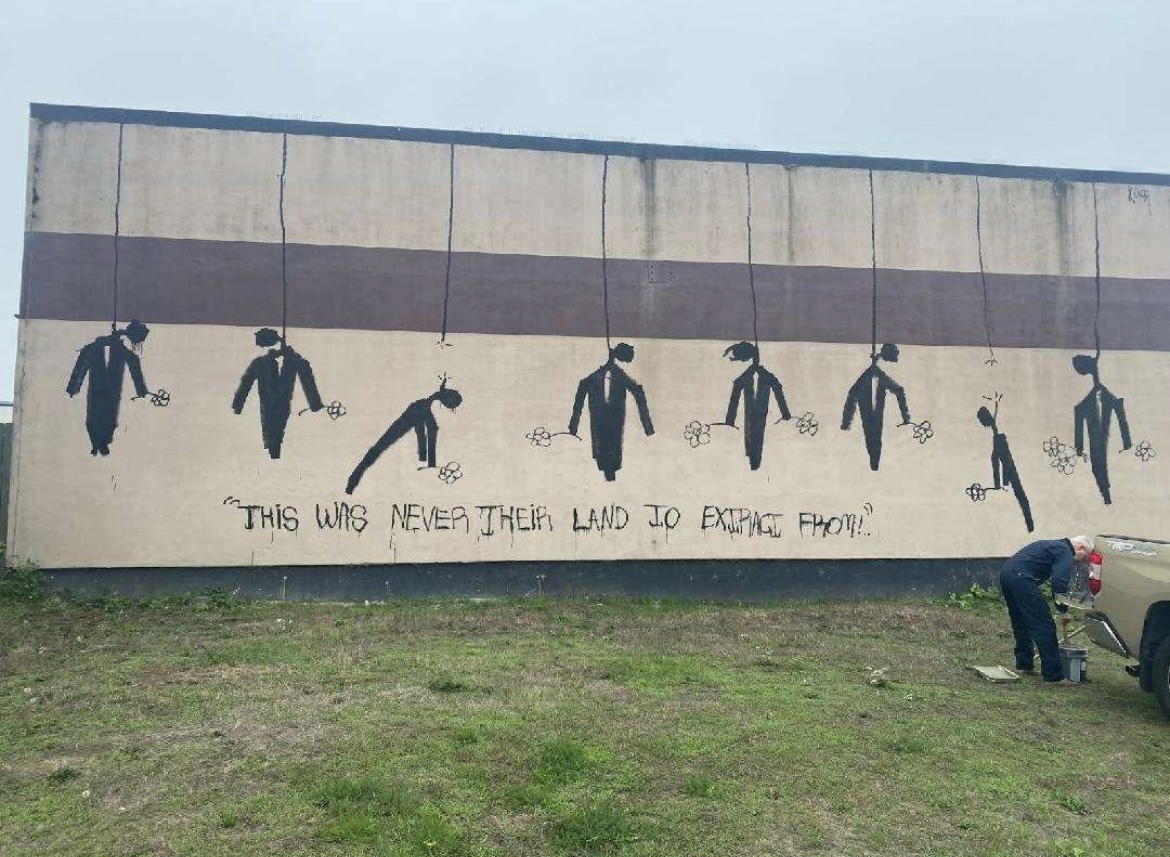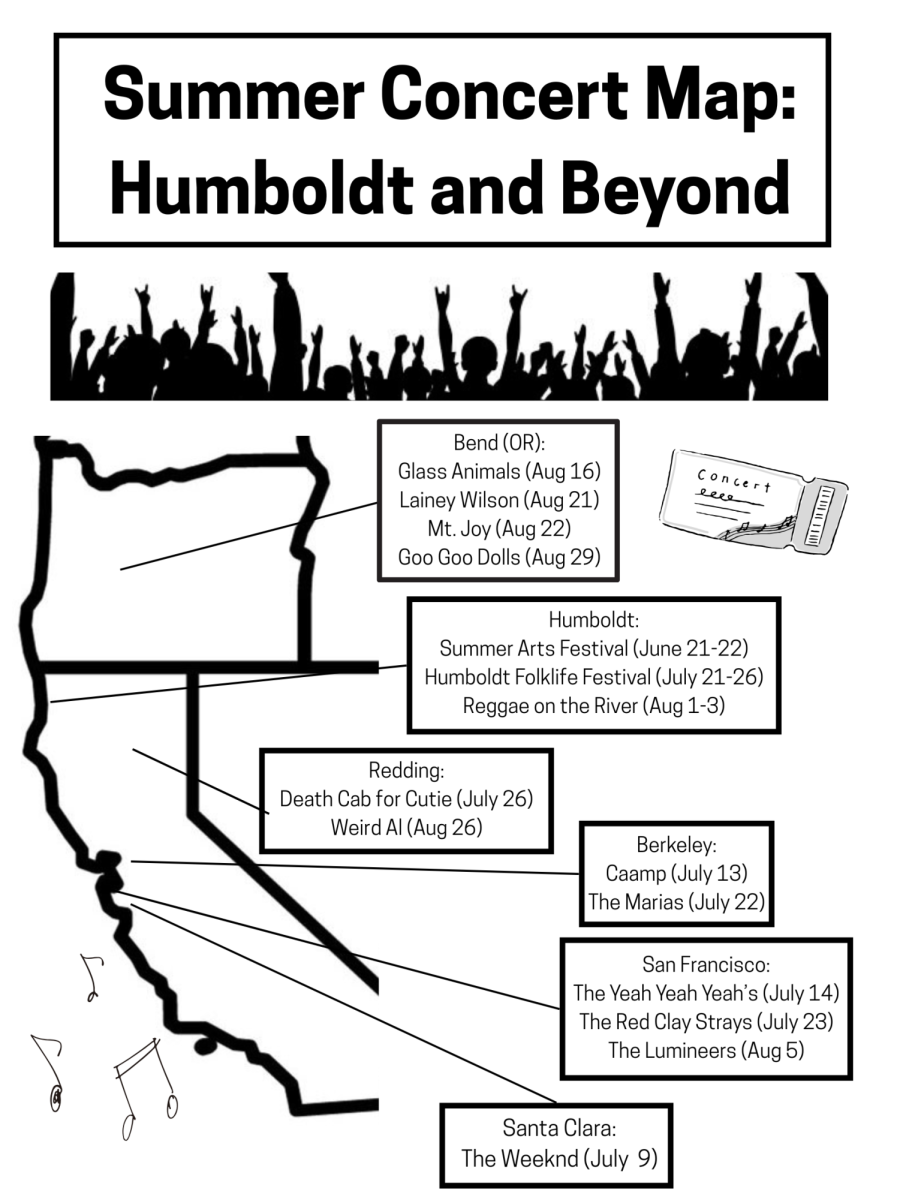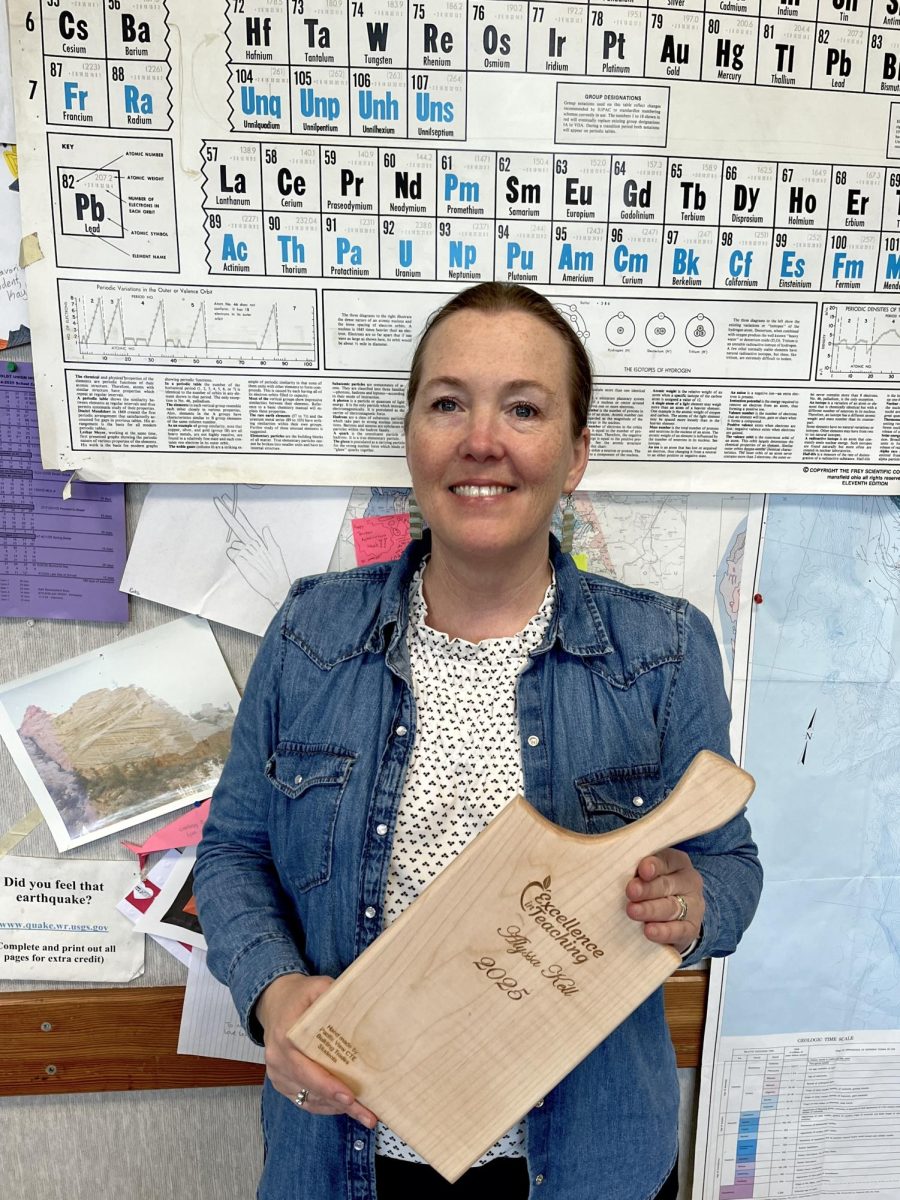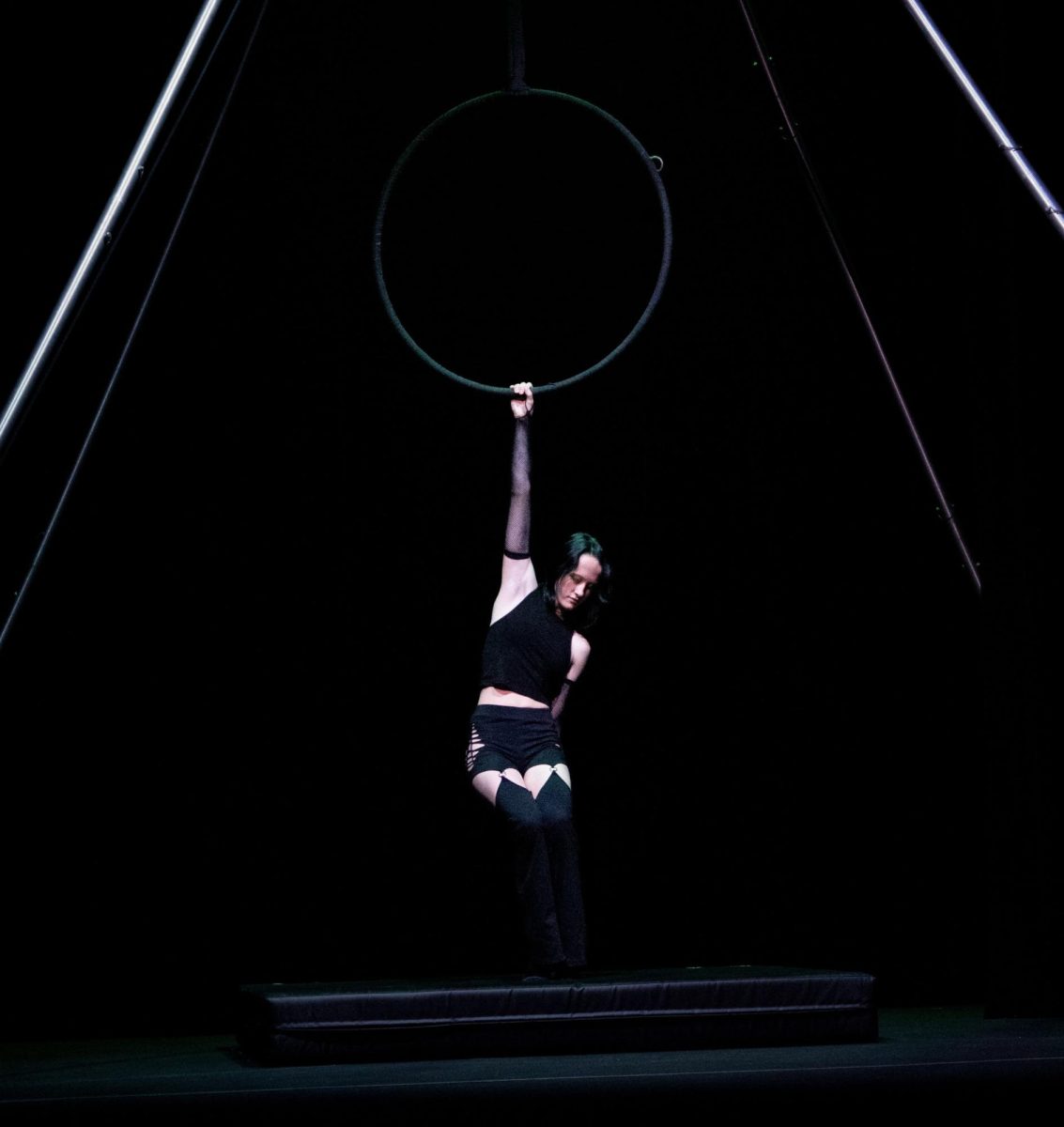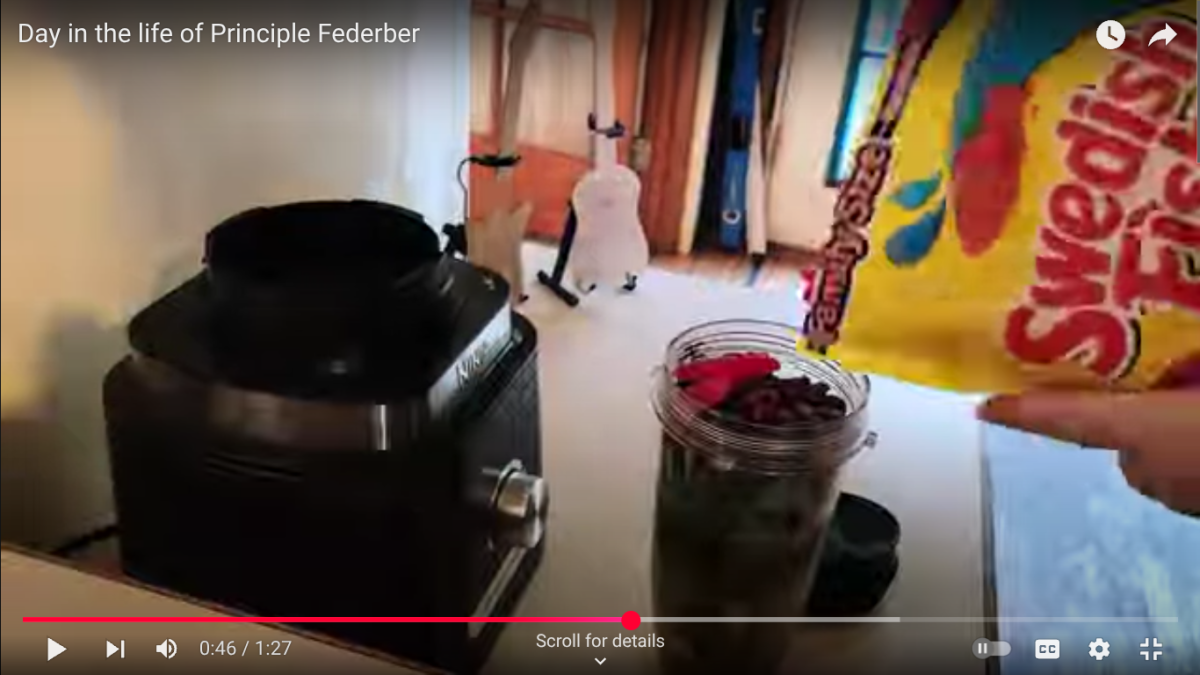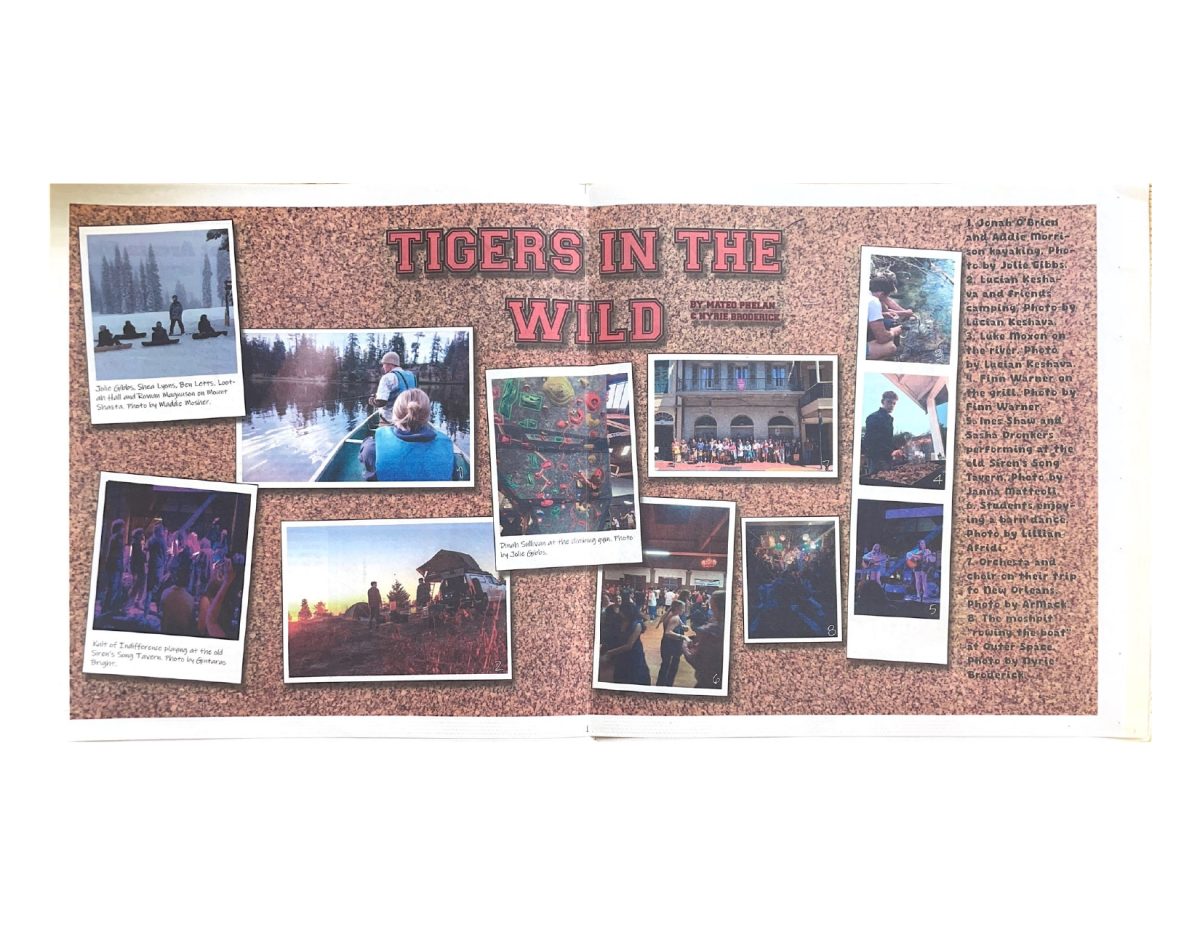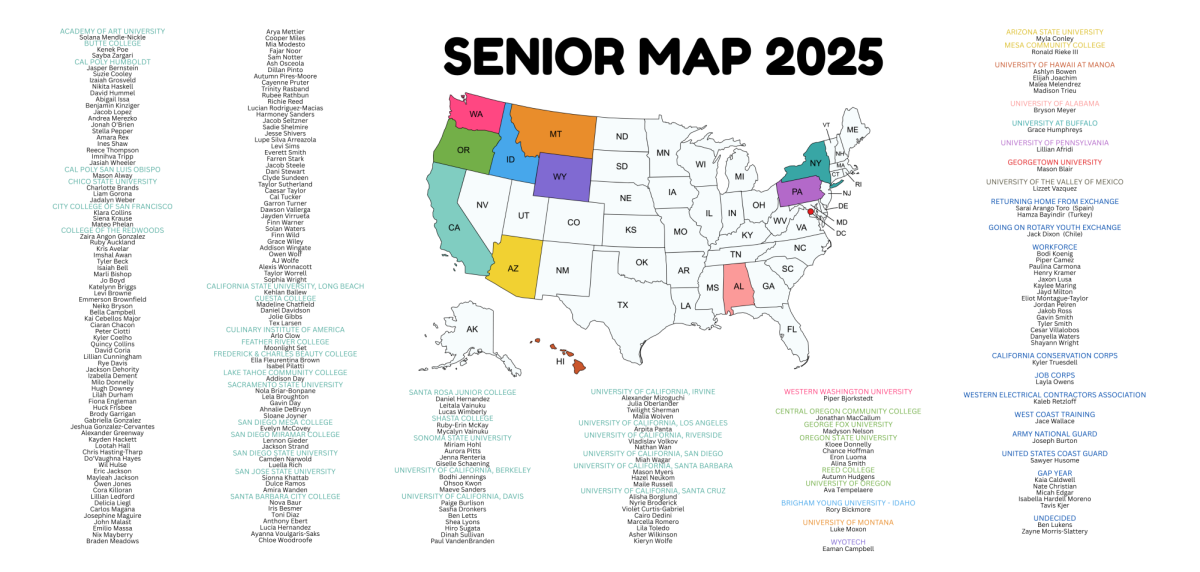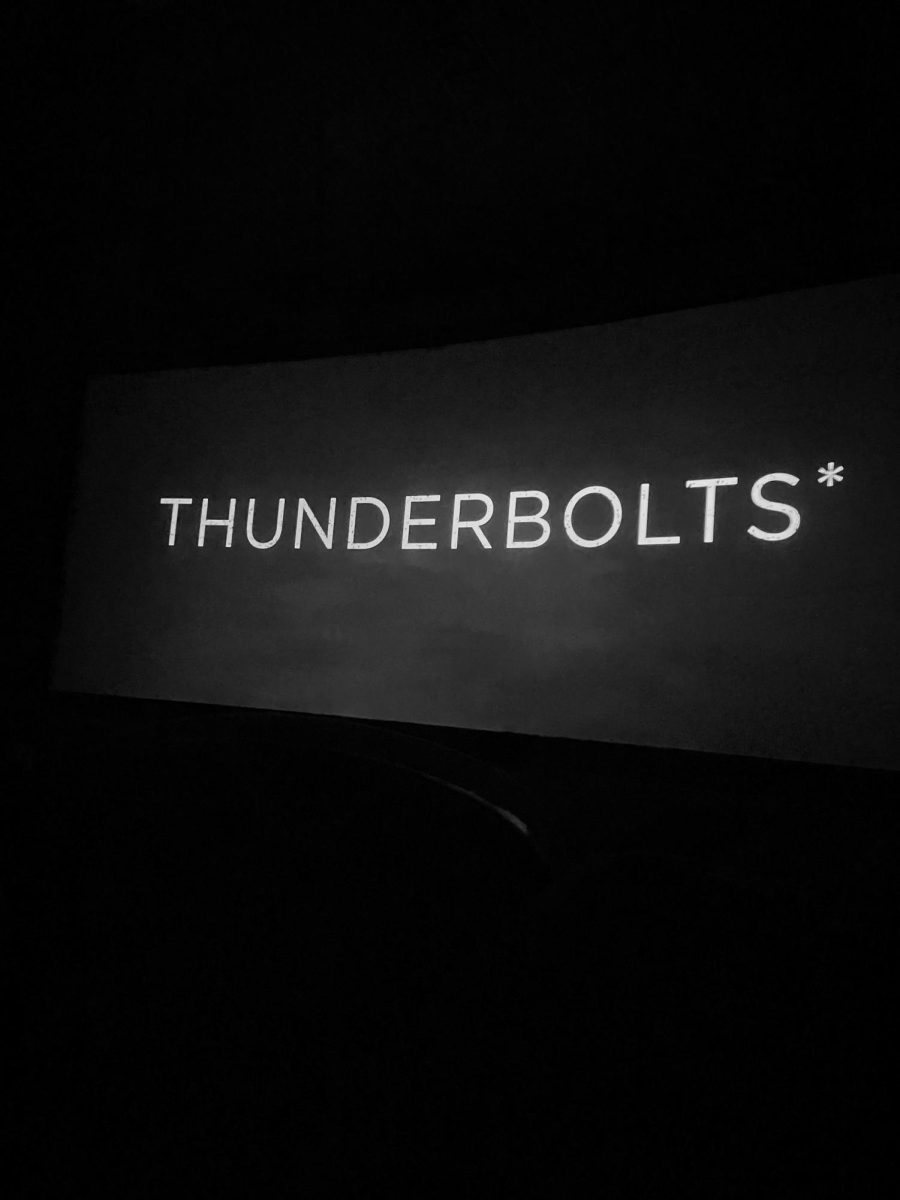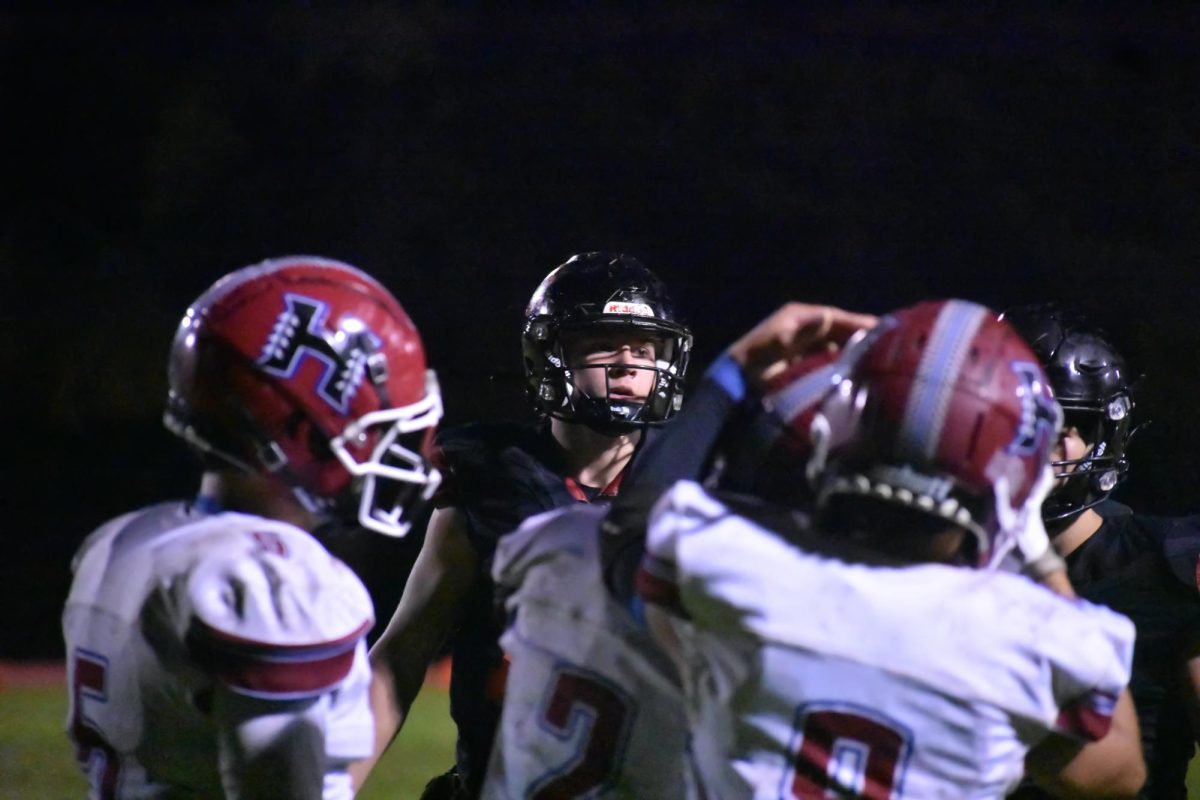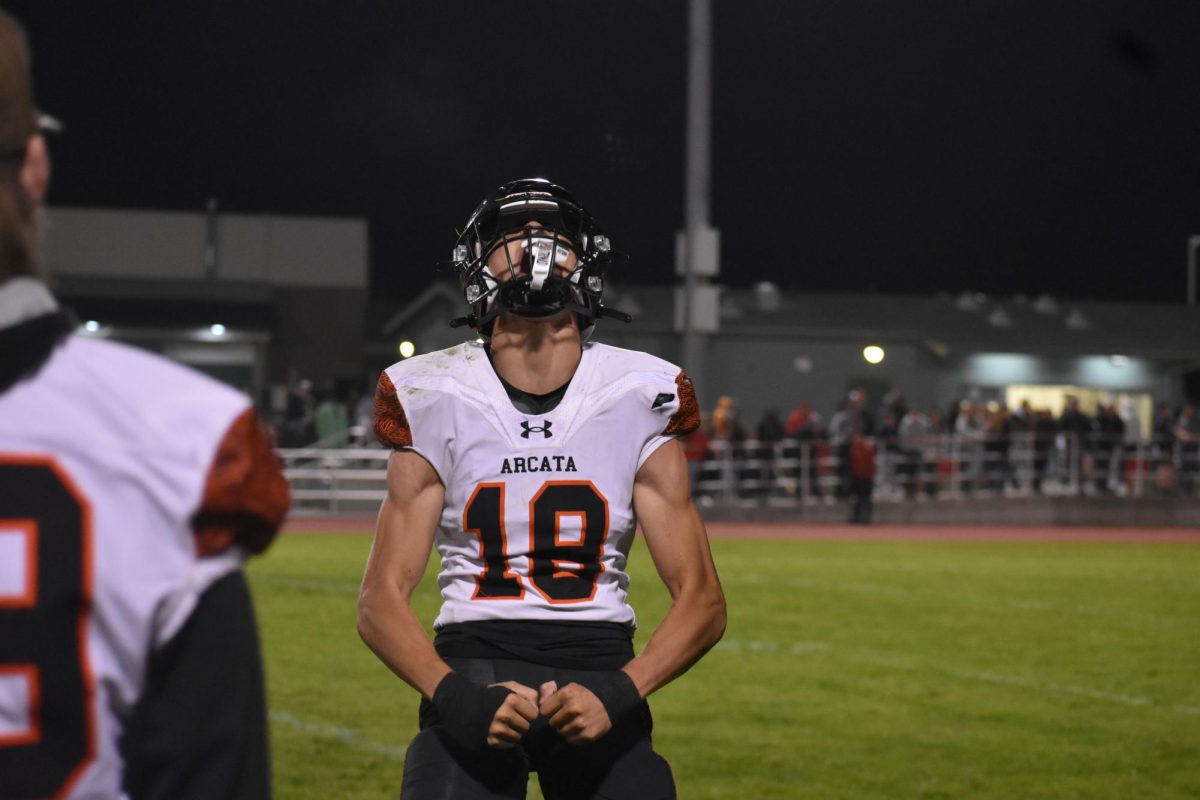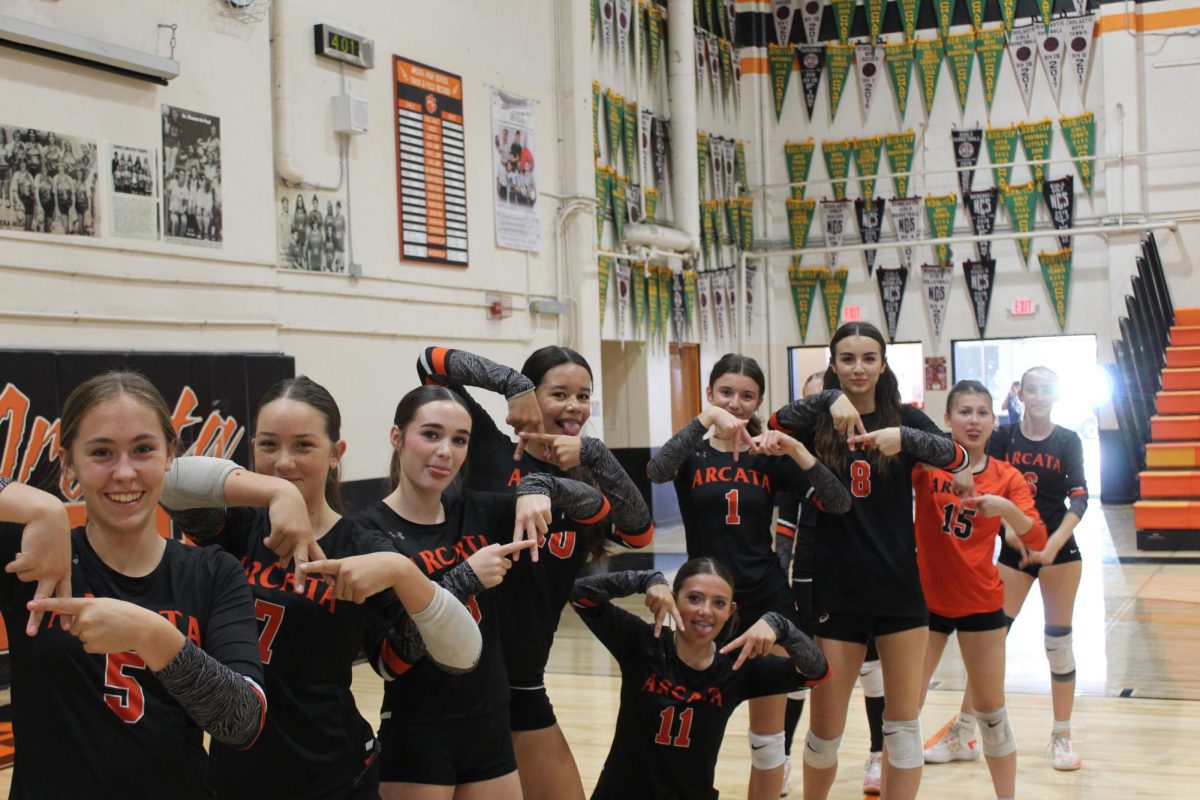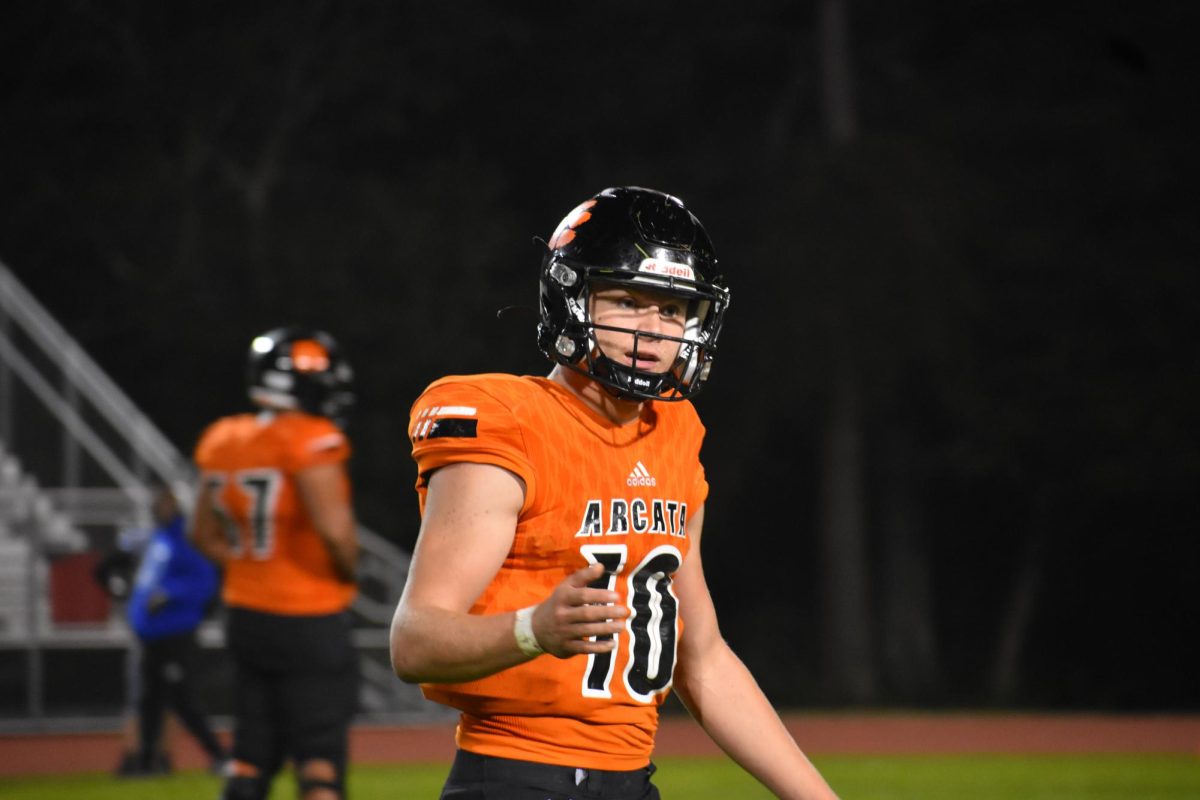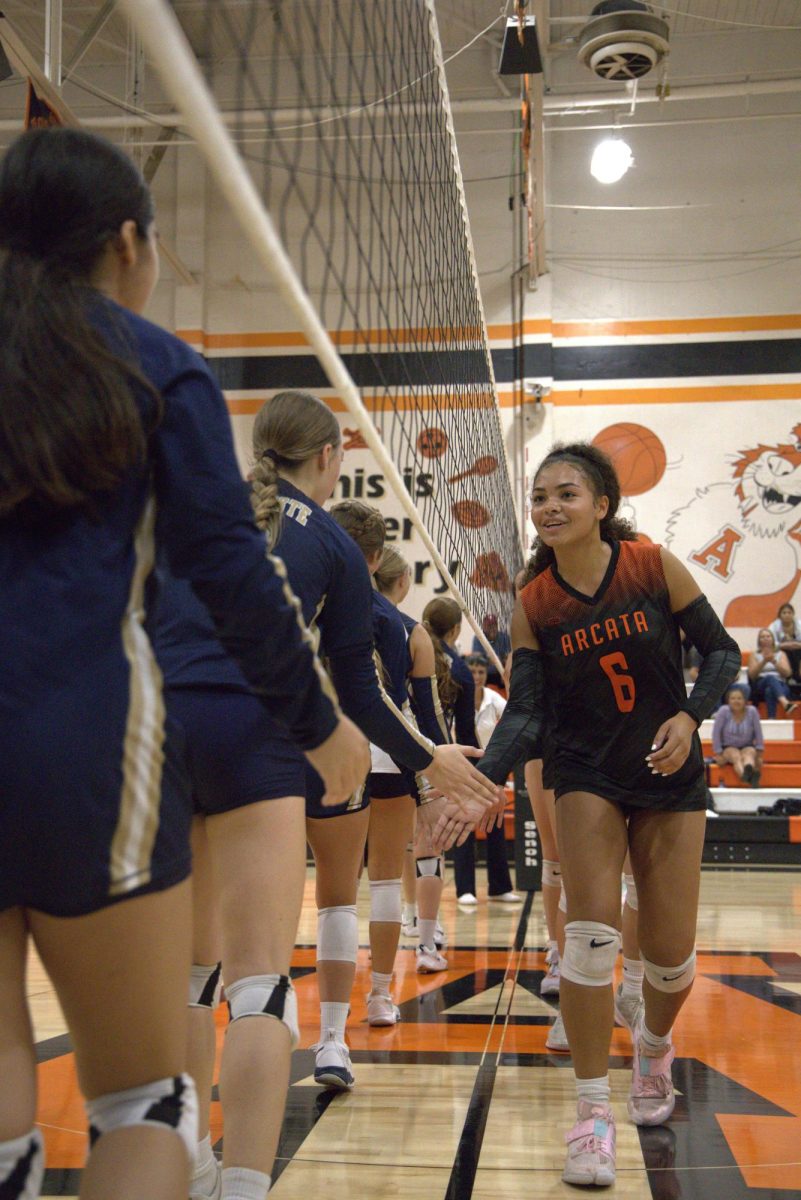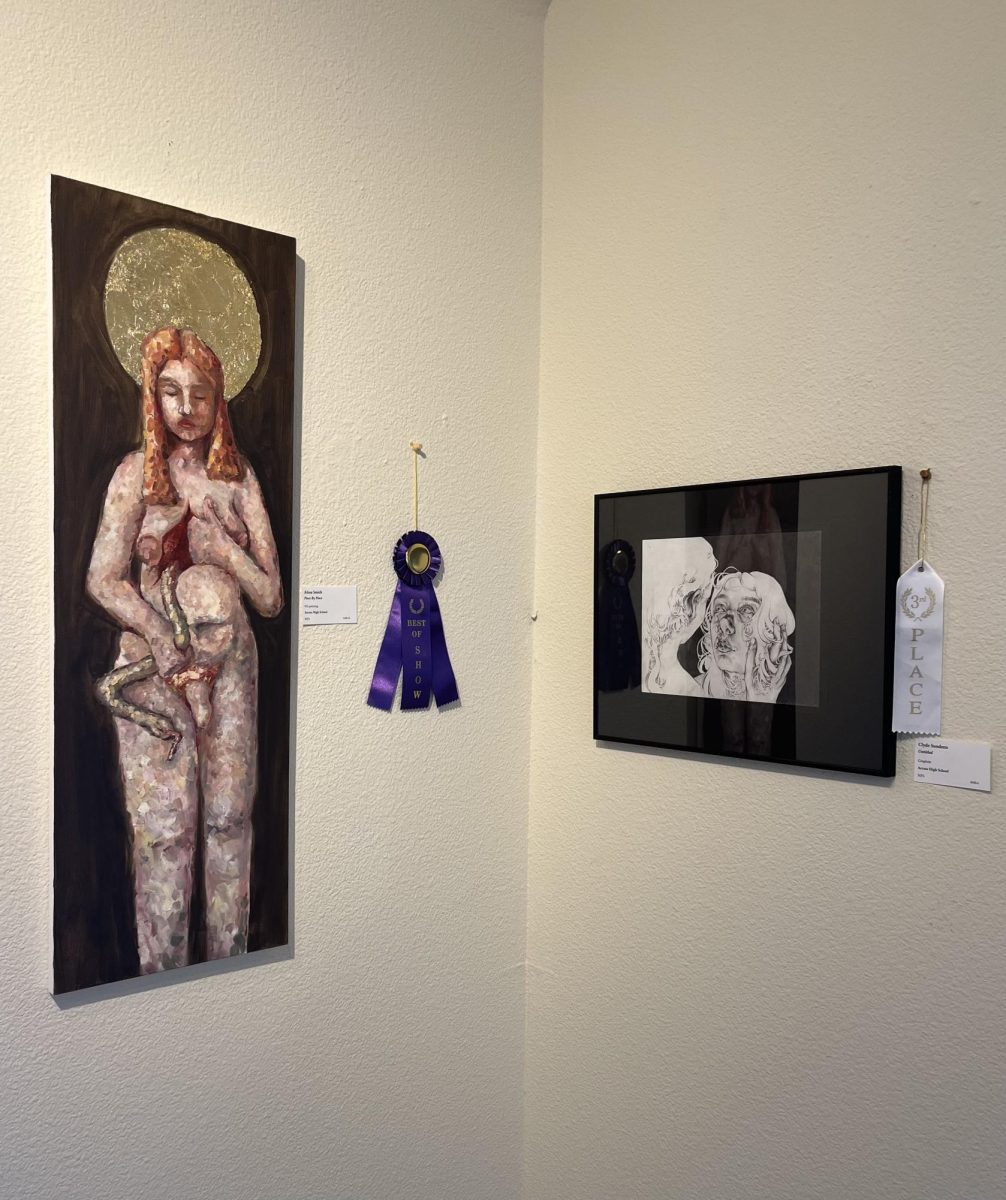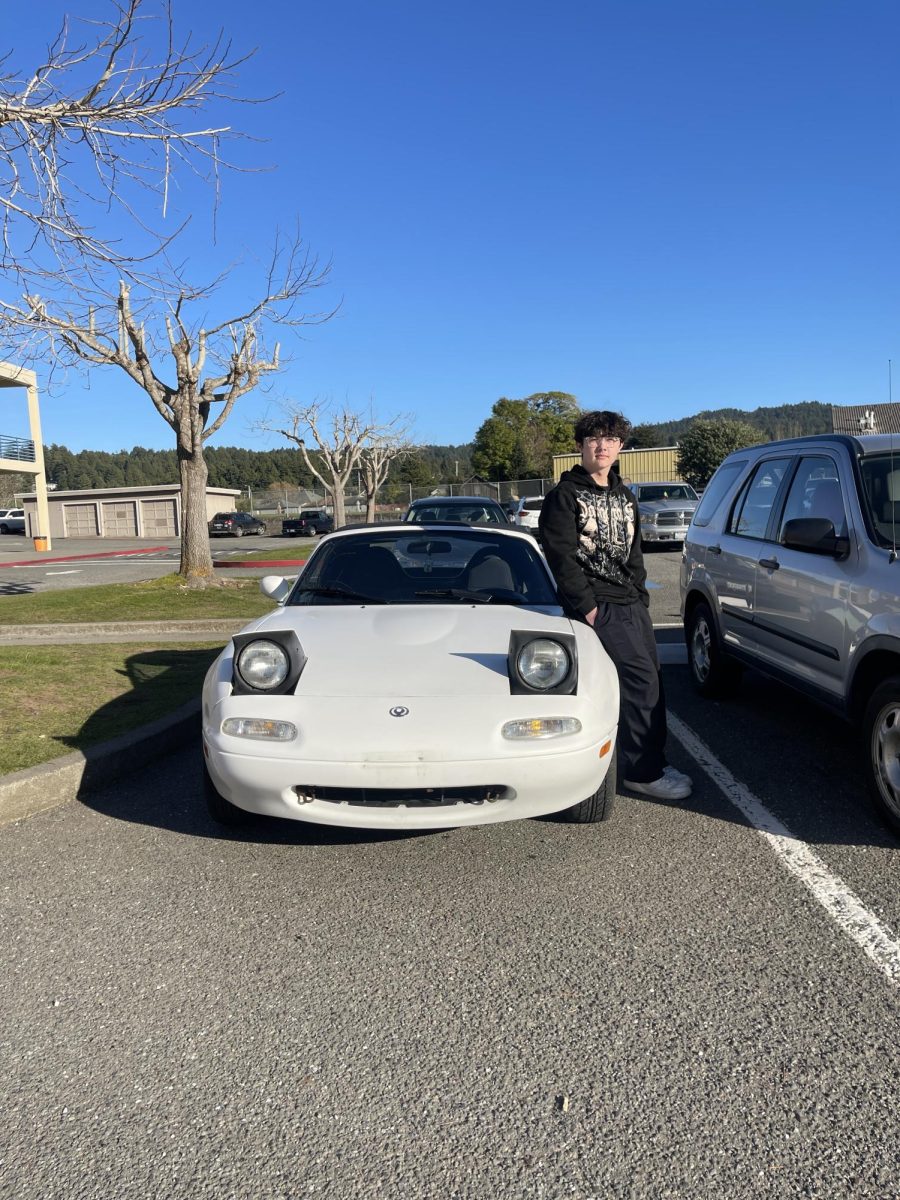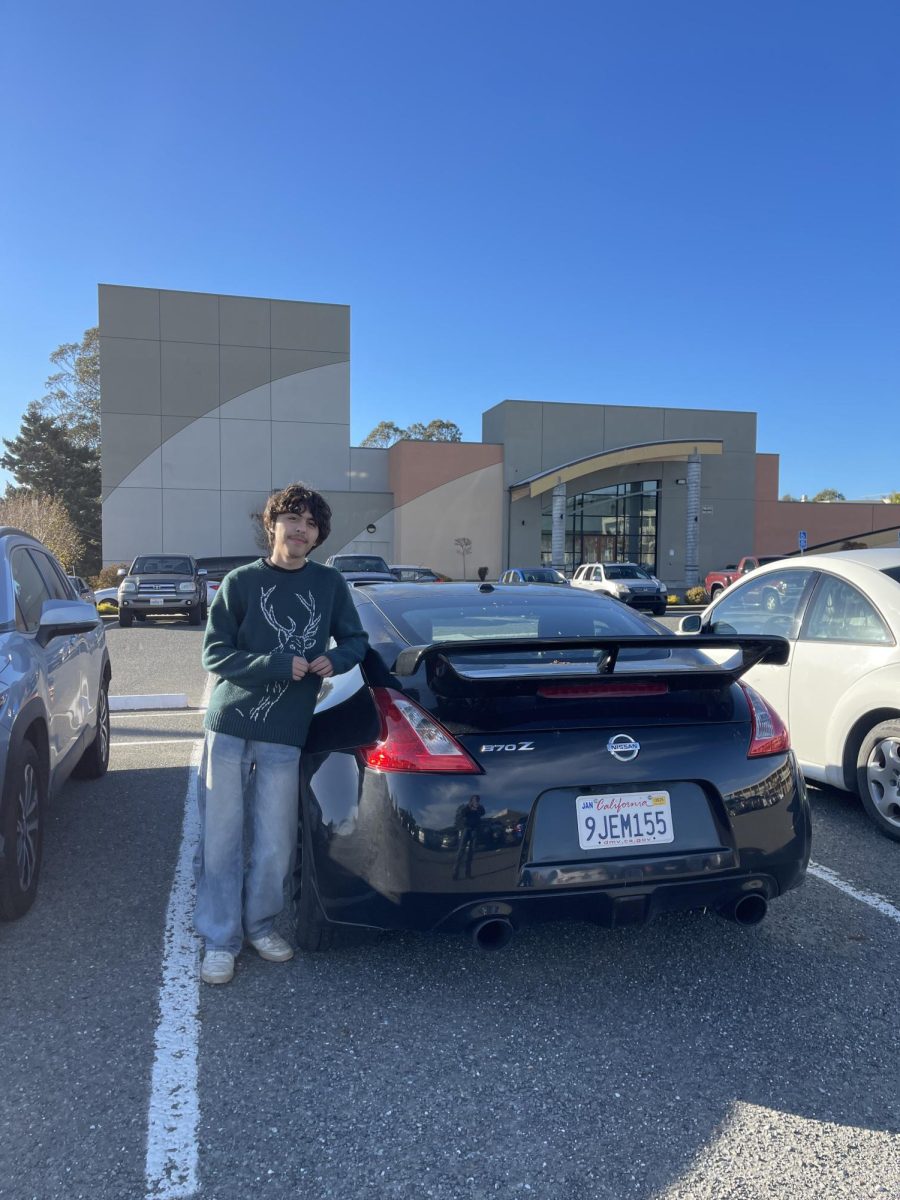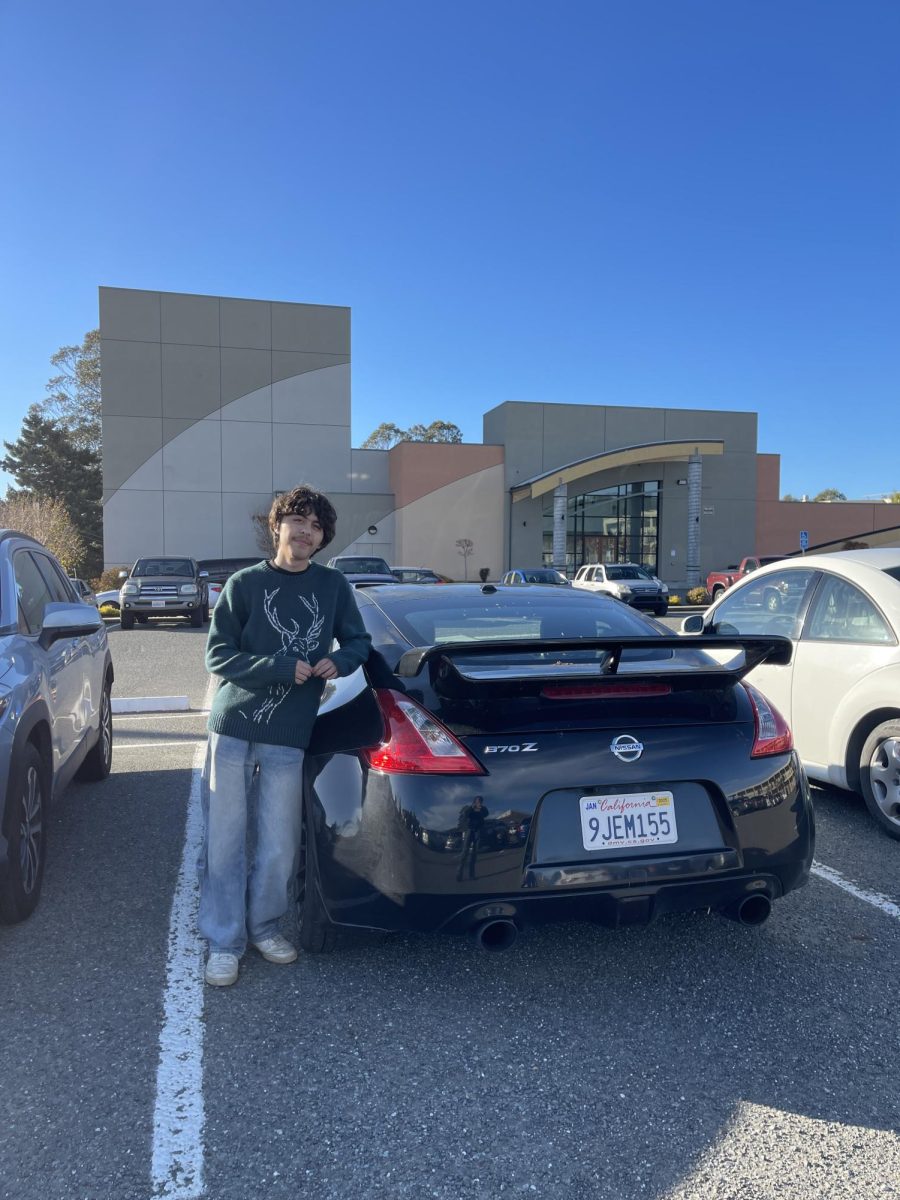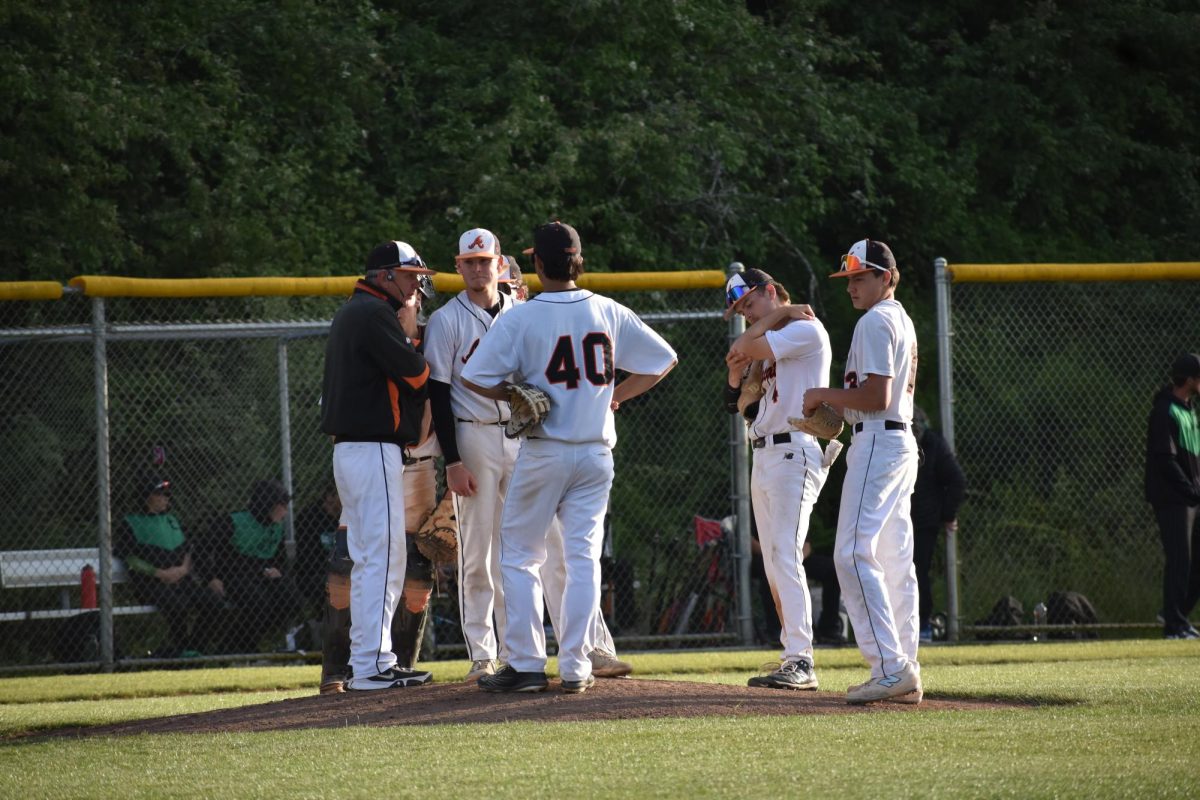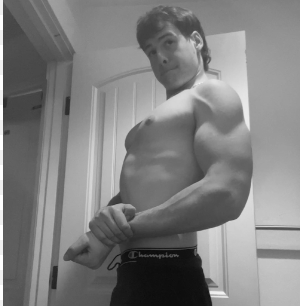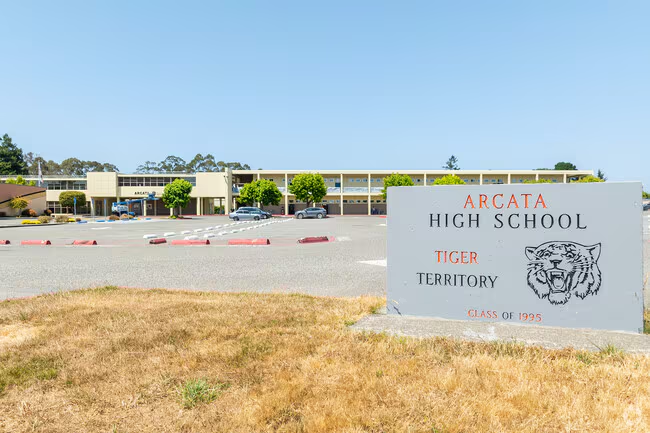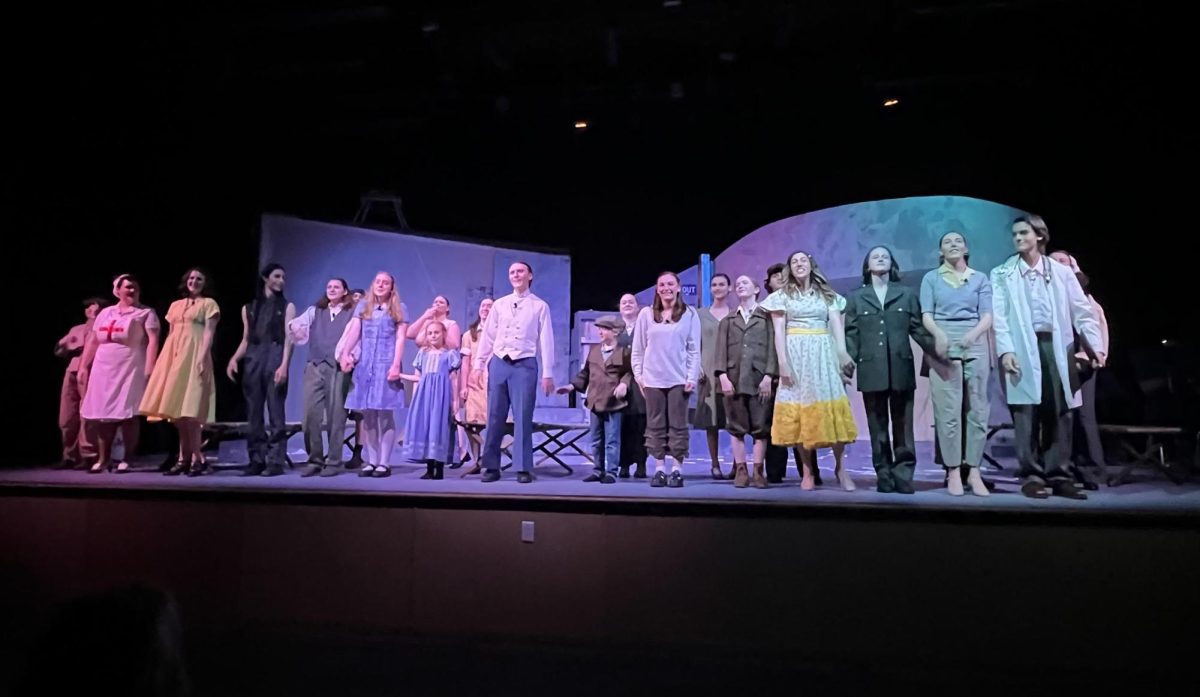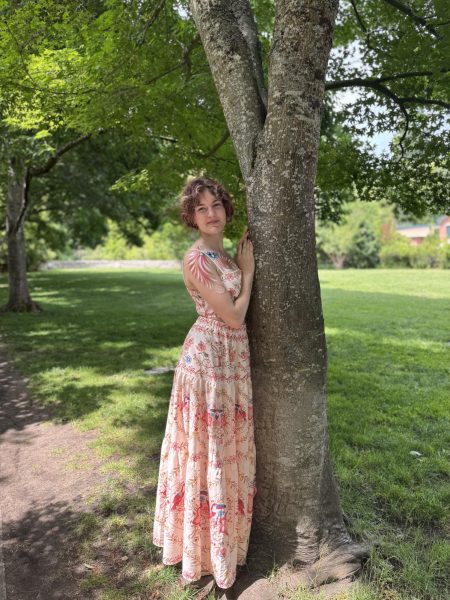Lights fade. Drapes open. The audience falls quiet. The Spring musical production of “Alice by Heart” opens with a beautiful image of Alice silhouetted holding a book, drawing a sea of eyes. With a smaller cast, this year’s AAI production emotionally impacted the audience with its heavy themes of loss and grief.
“Alice by Heart” is set during the blitz in World War II, where we watch a girl named Alice saying goodbye to her best friend Alfred, who’s dying of tuberculosis. As a coping mechanism, she follows the story of her book, “Alice in Wonderland.” Her fellow characters in the Tube Station bunker transition between the two worlds while playing out the scenes from her book.
“In a way, it’s also kind of like ‘The Wizard of Oz,’ where the characters that are in Oz are the same characters that are in Kansas,” director, choreographer, and teacher Melanie Zapper said. “You see that in this play, where you have your Tube Station characters that seamlessly become Wonderland characters and, in the instance of a bomb, suddenly have fully costume changed back into their Tube characters.”
Zapper found this musical by chance. She received an email from Musical Theater International (MTI) regarding the rights for a play, investigated it, and knew it was the one.
“I listened to the album and I fell in love with it. Then, I read the script and I was like, ‘Oh, yes, this is amazing we’re gonna do this,’” she said.
Zapper said she worried about doing such an unheard-of play because she didn’t know how the audience would take it.
“The amount of praise that I got from people that was deeper than just, ‘That was fun, great job!’ which is what I got with Footloose, [was amazing],” Zapper said.
Zapper felt calm by opening night, but the days leading up to the show were chaotic.
“On Tuesday,” Zapper said, “the lighting board stopped working. That was even bigger than sound because [with sound] I knew it was fixable. With the lightboard, I tried all the things that I could try.”
She worried all the light cues would need reprogramming, but the show was saved just in time. By chance, someone’s family friend who works in lighting design was in town visiting. He had an ace up his sleeve that fixed the lightboard.
Problems were fixed behind the curtain as well. Quick decisions were made to deal with mishaps the audience didn’t see.
Authentic World War II cots donated by the parents of ensemble member senior Issac Cseh were used in the show. While they served as wonderful props on stage, the antiques were not particularly utilitarian.
“In the very first scene–me and Ava Jones–our cot broke,” senior Taylor Nada, who played Clarissa, Mock 3, and the Knave of Clubs, said. “We handled it great but that wasn’t ideal.”
Much artistic expression came through in the symbols used, including props and the aerial representation of themes in multiple songs and scenes.
The song “Your Shell of Grief” served as a powerful symbol and showed the process of grief Alice had to endure. The choreography featured characters slowly building a wall with their green war helmets in front of Alice (forming a “shell”) as she retreats to hide in her feelings.
The characters in Wonderland express disgust with Alice throughout the play because they are upset she believes they only exist when she is present. In the song “Do You Think We Think You’re Alice?” they suggest Alice is the one intruding into their lives, rather than them existing simply for her gratification.
“[The scene is] trying to really convey to Alice, ‘This story will always be there,’” Zapper said. “We come back to that at the end where the white rabbit is leaving and [Alice is] like ‘Well I always have this story. I can always return there.’ So I feel like maybe that’s setting that up.”
Lighting played a part in setting the stage. In the bunker, there is a sterile feel with colors of steel blue, army green, and gray. In Wonderland there’s a clear contrast, with backgrounds and costumes coming to light in a world of fantasy. They added a light during intermission after a technician connected the rectangular aerial apparatus carabiner to another carabiner instead of to the swivel that allows it to spin. It was still safe but didn’t possess the mystical effect spinning would produce. The light allowed the individual rigging it to tell where they were putting what.
When a show involves heavy topics and themes such as this one, it becomes more difficult to put on than a normal show.
“I think that all of our actors and everybody involved in the show did a really great job of making it super meaningful and putting it on in a way that the audience found meaningful and looked really good,” junior technician Rory Pitts said. “It’s a difficult show to put on, but I think we did well.”
Nada discussed the difficulties of acting in a performance about death.
“The show is able to capture it in a very meaningful way of not just sadness but also the light and beauty that can come with it. There’s a lot of good learning aspects of the show,” she said.
She said sometimes it’s very difficult as an actor to remove her actual self from the character she’s playing. It’s also different in “Alice by Heart” because many of the actors played two different characters–one character in Wonderland and one character in the bunker.
“It was a really interesting thing to play with just from a physicality standpoint of making sure that it’s clear that you’re the same character but also choosing some characteristics that change when that shift takes place,” Nada said.
She said she feels lucky to impact others and express such a vulnerable thing in such a beautiful way.
Because of the heavy themes and the skill with which they were performed, many audience members were emotionally impacted along with the actors.
“There were a lot of sniffles in the audience,” community member Michelle Dobosh said. She came to see Nada, whom she used to babysit. “I think it’s always hard to think about death and watch content that is revolving around death and grief because everybody re-lives their own moments in their lives watching that on stage.”
Senior Bella Fratkin said she loved how it tied into different parts of life, loss, and love.
“I feel like it was one of those shows you can really see yourself through,” she said. “I just chose my college and was thinking about all the shifts [in my life] and they were talking about changing and growing up. That really hit me where I’m at in my life and I feel like it could hit everyone.”
